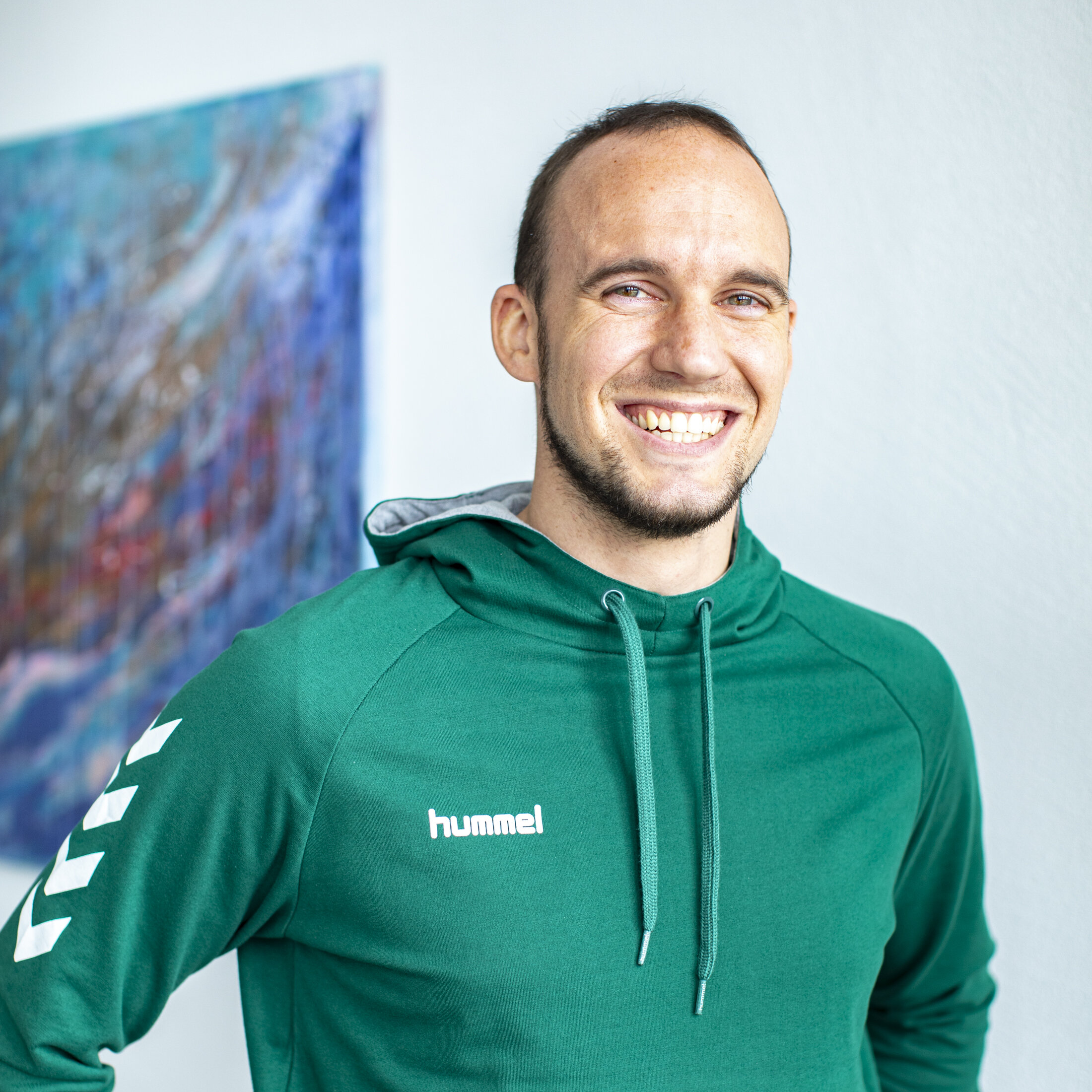FASCIA DISTORSION MODEL (FDM)
The Fascia Distortion Model (FDM) was developed by the American physician Stephen Typaldos DO. FDM represents a medical point of view. It traces the cause of physical complaints as well as functional limitations to one or more typical deformations of the human fasciae. If these fascia distortions are corrected, pain and movement restrictions can be treated effectively, measurably and comprehensibly with this type of therapy.
NOTICE
The term "Fascia Distortion Model" (abbreviated FDM) is composed of three words:
1. FASCIES
Fasciae are connective tissue structures. From the point of view of FDM, they are the key to the diagnosis and treatment of physical complaints. Today, medical science recognizes the important role that fascia plays in the body and a growing number of scientific studies support the thinking of the Fascia Distortion Model.
2. DISTORSIONS
Distortions are twists, deformations or dislocations of connective tissue. The aim of every FDM treatment is to correct distortions of the fascia by means of targeted treatment techniques (including hand movements of the Typaldos method). This correction is accompanied by a significant reduction in complaints.
3. MODEL
The FDM is a clinical model. Stephen Typaldos D.O. formulated the relationships between specific deformations of fascia, typical findings as well as effective treatment options on the basis of his empirical observations in a model-like manner. FDM physicians and therapists apply these regular correlations in practice to arrive at an accurate diagnosis according to the fascial distortion model and to select a tailored treatment.
dIagnosis
The diagnosis is based on three pillars and leads to an independent FDM diagnosis. The interpretation of the patient's pain gestures is of particular importance. Through precise interpretation, intuitive gestures can be deciphered and provide direct indications of fascial deformations. An anamnesis discussion and examinations complete the FDM findings.
The FDM can be applied in various medical fields. It expands the diagnostic possibilities of the physician or therapist and enables effective treatment of patients with a wide range of medical diagnoses.
Application
Currently, the FDM approach is successfully used for musculoskeletal complaints and pain therapy.
The goal of every intervention according to the FDM is the anatomical correction of the fasciae. If the change in shape is corrected, an immediate improvement in resilience, mobility and associated pain reduction can be expected.
The FDM method is used for:
Sports injuries (including torn muscle fibers, strained ligaments, bruises)
acute pain (e.g. sprains and dislocations of joints)
Shoulder, neck, back or lower back pain
Limitations of the musculoskeletal system
Symptoms such as numbness, tingling, weakness and instability respectively
Costs
With a doctor's prescription for physiotherapy, the costs are covered by health insurance. Self-payers: CHF 75 for 30 minutes.
Your contact person
If you have any questions about FDM, please contact Emmanuel Schmid at Wise Medicine in Winterthur .



